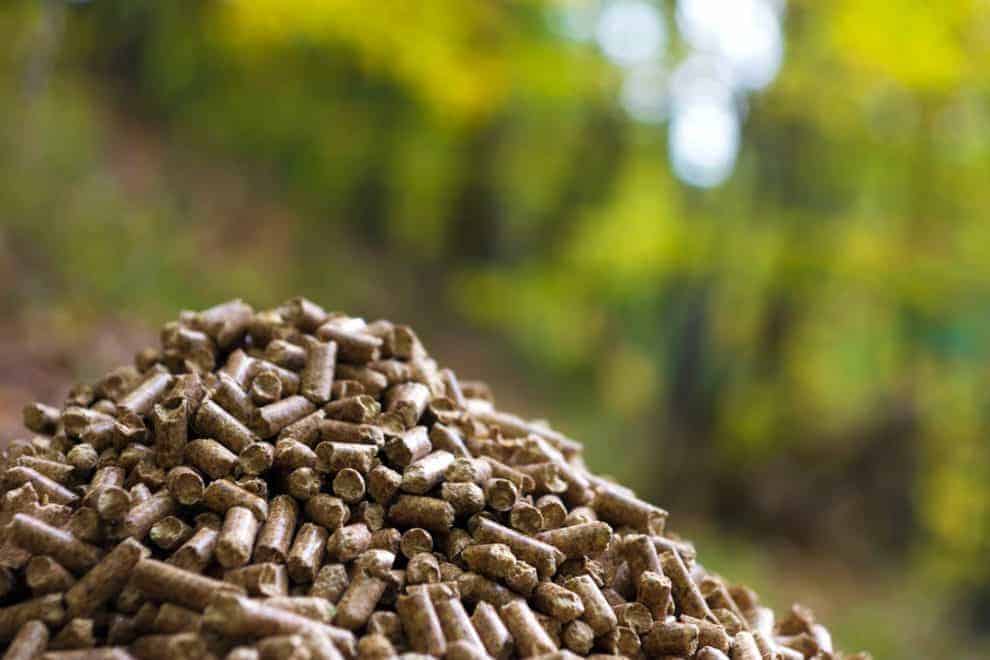Wood bioenergy markets interest forestland owners and timberland investors for a simple reason: potential returns on capital. Higher demand for pulpwood and other lower-valued forest residues can strengthen prices and increase returns to landowners for any investments made in their forests. However, the reality is that new wood bioenergy markets are small relative to traditional forest industry demand, and they are incredibly localized based on specific and primarily pellet-producing facilities.
Pellet plants in the U.S. today have two primary markets: domestic U.S. home heating and European industrial markets for electricity and cogeneration. While a surge of proposed domestic projects occurred in 2009 and 2010 to take advantage of pellet use from increased petroleum prices, most recent investments have supported pellet plants intent on exporting to the EU, especially the U.K. These projects are larger than their domestic counterparts, consuming hundreds of thousands to over one million tons of wood per year, versus the typical fifty to two hundred thousand tons per year for domestic plants.
To examine this exuberance for new pellet capacity, the November issue of Wood Bioenergy US (WBUS) looked to the data to compare announcements to realized investment. How many announced pellet projects actually got built? What has been the rate of success?
Wood Bioenergy Market Update
As of November 2013, WBUS counts 465 announced and operating wood bioenergy projects in the U.S. with total, potential wood use of 130.4 million tons per year by 2023. However, the likely demand, based on project-by-project analysis by Forisk, indicates that 301 projects representing potential wood use of 83.4 million tons per year pass basic “viability” screening. About half of this volume – ~40 million tons – is already “in the system” and incremental gains are small to a forest products industry that consumes ~500 million tons per year.
Wood pellet projects represent one sub-sector within the overall wood bioenergy market. There are 122 pellet plants operating in the United States, 10 plants under construction, and 47 in the planning stages. Regionally, the North leads the U.S. with the most pellet plants operating, while the South leads in growth with 11.6 million tons of pellet production capacity in development.
Pellet Project Investments and Development Trends
While more than 800,000 U.S. homes use wood pellets for heat, global wood pellet markets are growing largely in response to EU renewable energy mandates. Pellet production globally increased from 8 million metric tons per year in 2007 to more than 15 million metric tons in 2010. Currently, Europe consumes most of this production. In 2012, European consumption of wood pellets was 14 million metric tons alone. The European Union estimates that the EU will consume 17 million metric tons in 2014 (EU Biofuels Annual 2013).
Since 2008 in the U.S., 61 domestic pellet plants began operations with a capacity to produce 3.1 million tons of wood pellets (Figure 1). In the same time frame, 14 export pellet plants began operating with a total capacity to produce nearly 4 million tons of wood pellets. Operating plants represent 53% of the domestic announcements and 25% of the export announcements since 2008. For domestic plants, 16% of those announced were canceled or shut down and 27% remain in some state of pre-construction development. For export plants, 19% of those announced were canceled or shut down, while 10% are under construction and 46% remain in pre-construction.
Figure 1. Number of Pellet Plants that Started Operations since 2008 in US
| Domestic | Export | |
| Number of Projects |
61 |
14 |
| Capacity, US short tons (millions) |
3.1 |
3.8 |
Source: WBUS, September 2013
Conclusions and Timberland Investment Context
The data specific to pellet plant announcements and development in the U.S. tell a story of two market strategies. The U.S. domestic market for pellets relies primarily on smaller producers who rely on low cost manufacturing residuals. This strategy complements the U.S. forest products sector, and has an immaterial influence on timberland investments. The pellet export market from the U.S. has encouraged investment in larger scale facilities that, by necessity, focus on procuring traditional pulpwood roundwood. This strategy competes with traditional pulpwood users while providing a growth market in key local markets in the U.S. Southeast for timberland owners. Overall, however, large-scale pellet sector success remains hinged to EU policies and, in the near term, realized demand from U.K. power plants. Within the overall forest products industry, wood pellets represent a niche opportunity reliant on specific, critical factors associated with logistics and the economics of pulpwood and residuals.
This content may not be used or reproduced in any manner whatsoever, in part or in whole, without written permission of LANDTHINK. Use of this content without permission is a violation of federal copyright law. The articles, posts, comments, opinions and information provided by LANDTHINK are for informational and research purposes only and DOES NOT substitute or coincide with the advice of an attorney, accountant, real estate broker or any other licensed real estate professional. LANDTHINK strongly advises visitors and readers to seek their own professional guidance and advice related to buying, investing in or selling real estate.










As to wood pellets, what kind of trees are used for pellets,for wood burning stoves?
What kind of trees can not be used for pellets.